The Colorful Cities of Colombia: From Cartagena’s Old Town to Medellín’s Revival
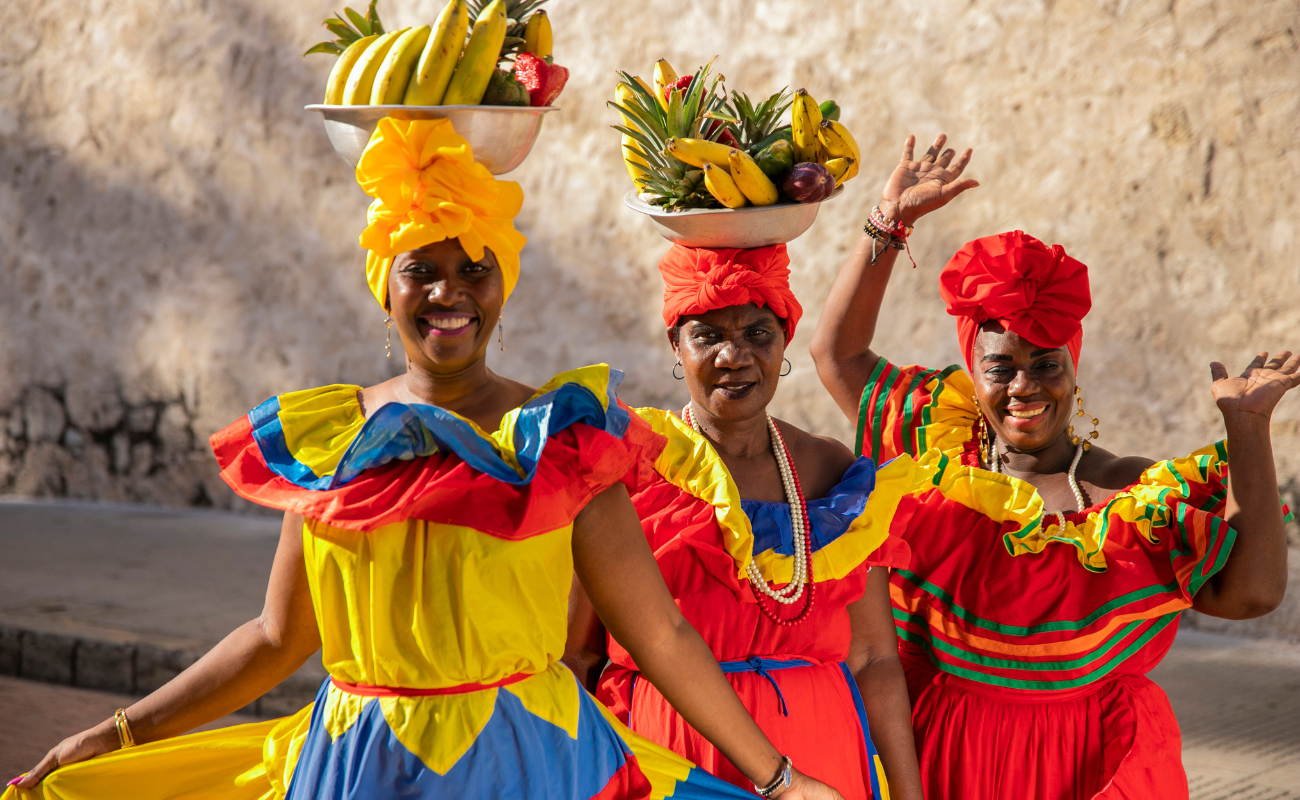
olombia is a country of striking contrasts, where history and modernity coexist amid vibrant landscapes, bustling cities, and rich cultural heritage. Whether you’re a history buff, an urban explorer, or a cultural traveler, Colombia’s cities offer a diverse experience. From the colonial charm of Cartagena to the inspiring transformation of Medellín and the artistic vibrancy of Bogotá, this South American gem promises color, energy, and stories waiting to be discovered. Let’s take a journey through these dynamic urban landscapes and their coastal beauty.
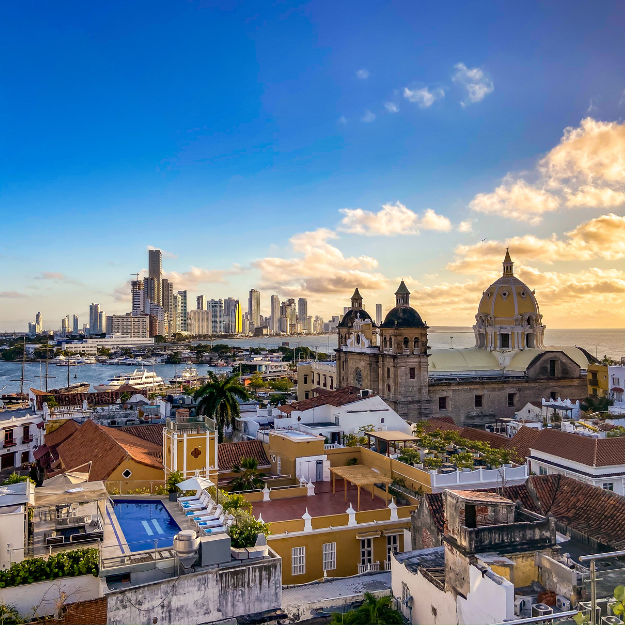
Cartagena

Castillo San Felipe de Barajas

Palace of the Inquisition
Book Flights to Colombia
Cartagena: A Colonial Jewel on the Caribbean Coast
Nestled on Colombia’s Caribbean coast, Cartagena is a city that captivates travelers with its colorful colonial architecture, cobblestone streets, and centuries-old fortresses. Its Old Town is a UNESCO World Heritage Site, and rightly so—this walled city has preserved its rich history since it was founded in the 16th century.
Wandering through Cartagena’s narrow streets, you’ll find a kaleidoscope of brightly painted houses with flower-draped balconies. Each corner holds a story of the Spanish Empire, pirate attacks, and the city’s strategic role as a major port. Must-visit landmarks include Castillo San Felipe de Barajas, a fortress designed to defend against invasions, and the Palace of the Inquisition, a haunting reminder of Cartagena’s colonial past.
For urban explorers, Cartagena is a mix of old-world charm and coastal vibrancy. Beyond the historic walls lies Getsemaní, a neighborhood that has transformed into a hotspot for street art, live music, and local culture. The fusion of traditional and modern makes Cartagena a prime destination for travelers seeking a city that marries history with modern charm.
- Don’t miss: Sunset at Café del Mar, a seaside bar perched atop the city’s ancient walls, offers an unparalleled view of the Caribbean Sea.

Medellín

Feria de las Flores

Botero Plaza
Medellín: From Infamy to Innovation
Few cities in the world have undergone as dramatic a transformation as Medellín. Once notorious as the home of Pablo Escobar and the hub of Colombia’s drug cartels, Medellín has reinvented itself as a beacon of urban innovation, sustainability, and technology. Known as the “City of Eternal Spring” due to its pleasant climate, it has become a symbol of Colombia’s resilience and capacity for change.
Medellín’s transformation began in the early 2000s, with investments in public transportation, education, and community engagement. Today, the city is known for its cable car system—part of the metro network—that connects the hillside neighborhoods to the city center, making urban mobility accessible for all.
For tech enthusiasts and entrepreneurs, Medellín’s burgeoning tech hub has attracted global attention. The city hosts numerous innovation conferences, and its Ruta N district is dedicated to fostering startups and technological advancements. Medellín’s commitment to social change can also be seen in Comuna 13, a once-violent district now famous for its vibrant street art and outdoor escalators, which symbolize its rebirth as a thriving cultural hotspot.
Medellín is not only a city of innovation but also one of culture and celebration. The Feria de las Flores (Festival of Flowers), held every August, is a colorful event where the entire city blooms with floral displays, parades, and music.
- Don’t miss: A visit to the Botero Plaza, featuring the oversized sculptures of Colombia’s most famous artist, Fernando Botero, and a ride on the Metrocable for stunning views of the city’s sprawling landscape.
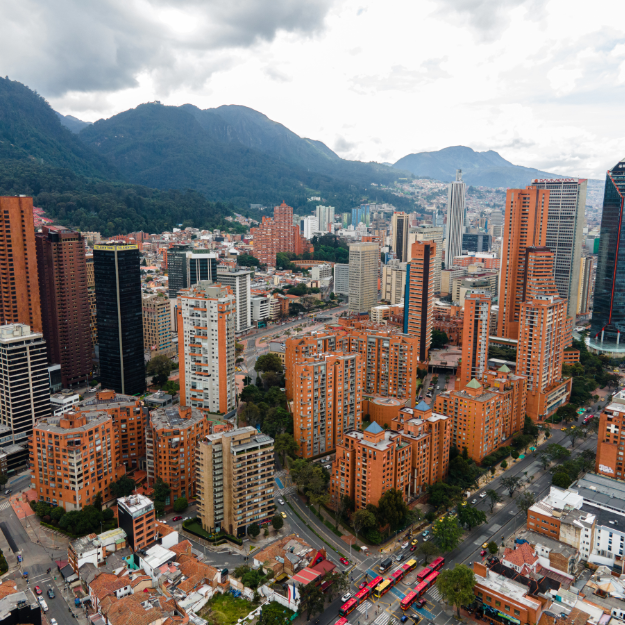
Bogotá

La Candelaria
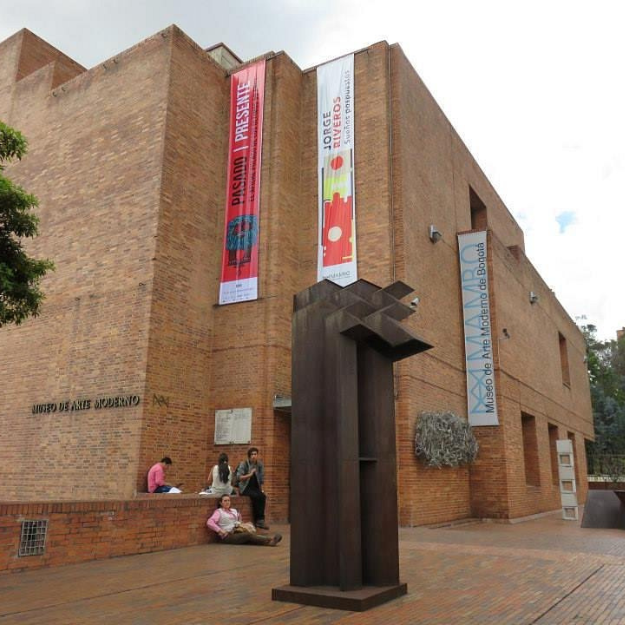
Bogotá Museum of Modern Art
Bogotá: A Canvas of Urban Art
As Colombia’s capital and largest city, Bogotá offers a different flavor of urban life. It is a city of contrasts, where colonial buildings sit alongside sleek modern skyscrapers, and traditional culture blends with a thriving contemporary art scene. One of the most striking features of Bogotá is its street art. Over the past decade, the city has embraced graffiti as a legitimate form of artistic expression, turning its streets into open-air galleries.
In neighborhoods like La Candelaria, Bogotá’s historic district, you can explore colonial architecture, but also find stunning murals that tell the story of Colombia’s history, politics, and social movements. Street art tours have become a popular way for visitors to delve into the stories behind these works, showcasing everything from indigenous symbolism to bold political commentary.
Cultural travelers will appreciate Bogotá’s range of museums, including the Gold Museum (Museo del Oro), which houses the largest collection of pre-Hispanic gold artifacts in the world. For a more modern touch, visit the Bogotá Museum of Modern Art or simply take a walk down Calle 26, where the walls speak through art.
At nearly 9,000 feet above sea level, Bogotá is also a city of mountain views and expansive green spaces. A trip up to Monserrate, the mountain that overlooks the city, offers breathtaking views of the sprawling metropolis below.
- Don’t miss: The Bogotá Graffiti Tour for a deep dive into the city’s thriving street art scene.
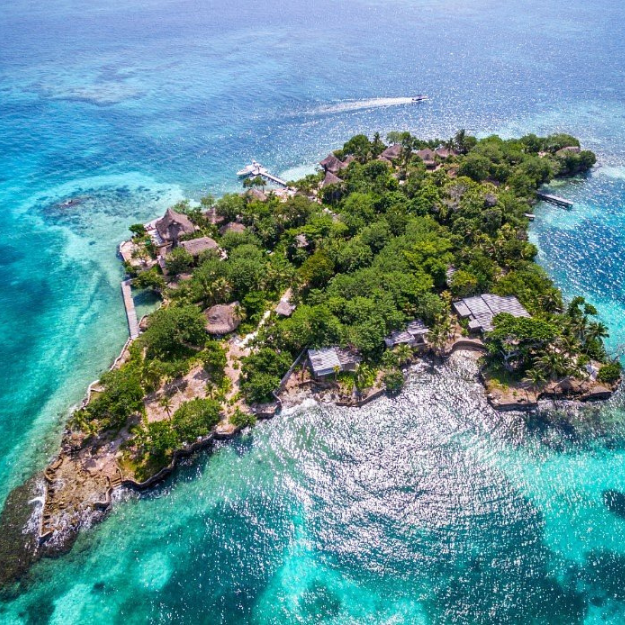
Islas del Rosario

Playa Blanca

Isla Barú
Coastal Beauty: The Caribbean and Pacific Shores
Colombia’s cities are not only culturally vibrant but are also gateways to some of the country’s most breathtaking coastal regions. Whether you’re a beach lover or an adventurer, the Caribbean and Pacific coasts offer unique experiences.
Cartagena serves as a launchpad for exploring the Caribbean’s pristine beaches, with destinations like Islas del Rosario and Playa Blanca just a short boat ride away. The clear turquoise waters and white sandy beaches are perfect for relaxing, snorkeling, and diving.
On the other side of the country lies Colombia’s Pacific coast, a more rugged and less-explored region. Towns like Nuquí and Bahía Solano are known for their black-sand beaches, dense rainforests, and incredible biodiversity. Between July and October, these coastal towns are prime locations for whale-watching as humpback whales migrate to the area.
- Don’t miss: The serene beaches of Isla Barú near Cartagena, and if you venture to the Pacific, don’t pass up the opportunity to witness the whale migration—a truly magical experience.
Conclusion: Colombia, A Country of Color and Transformation
Colombia’s cities are a reflection of the country’s rich cultural tapestry and its journey of transformation. From the colonial grandeur of Cartagena to the innovative spirit of Medellín and the artistic soul of Bogotá, each city tells a unique story. Combined with the stunning coastal regions on both the Caribbean and Pacific sides, Colombia is a destination that promises adventure, inspiration, and unforgettable moments.
Whether you’re exploring the colorful streets of Cartagena, marveling at Medellín’s urban renewal, or wandering through Bogotá’s street art galleries, Colombia invites travelers to discover its colors, history, and boundless energy.
